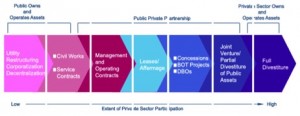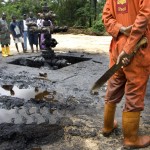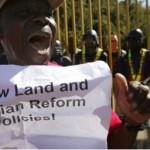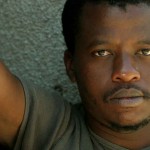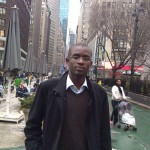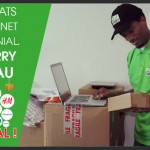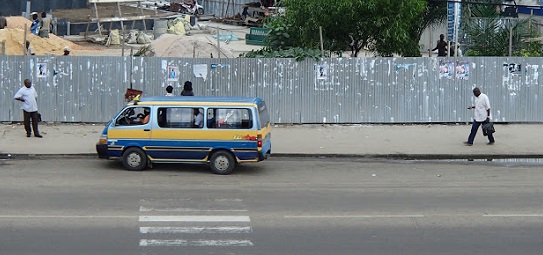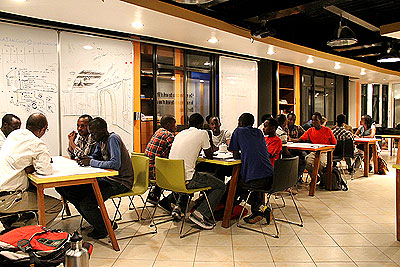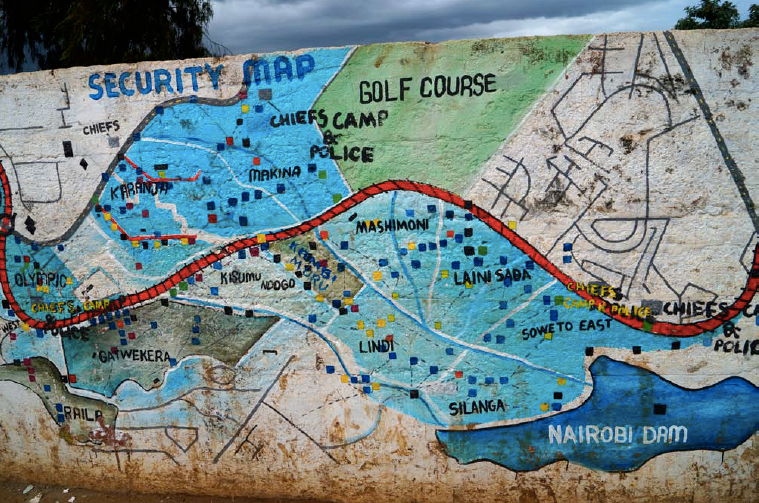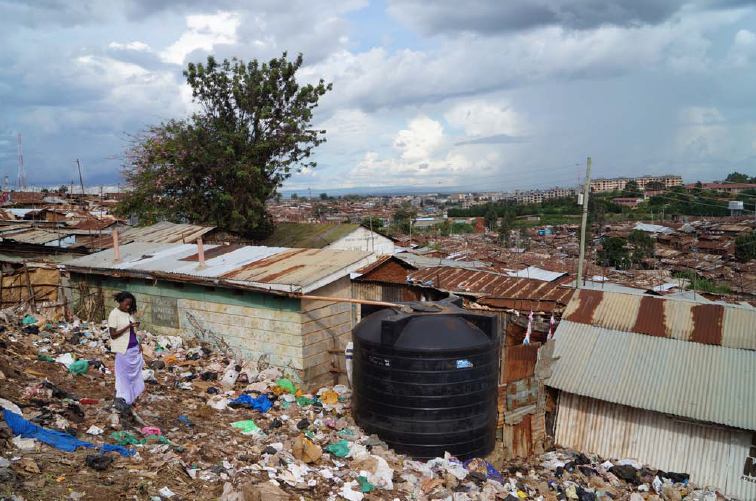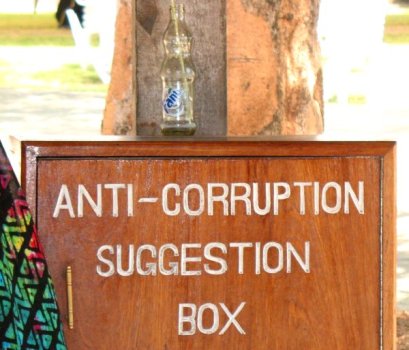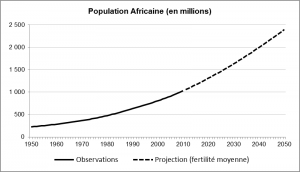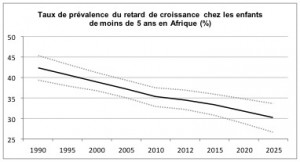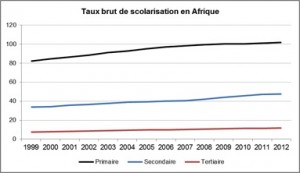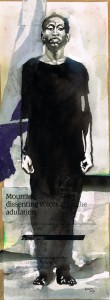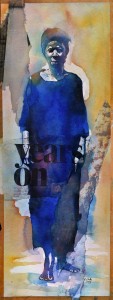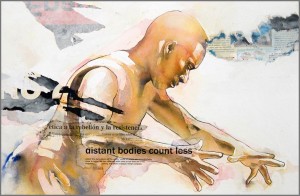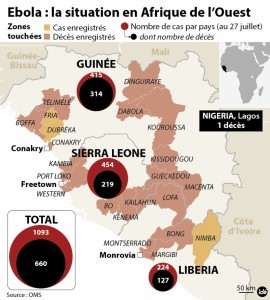It is very important for African countries to fill in the technological gap with the rest of the world. Hence, development financing has become a major challenge in the continent’s quest for growth. This was indeed the theme of the conference on Africa’s development . The challenge has become even more apparent since the World Bank published a report on infrastructure entitled “Africa's Infrastructure: A Time for Transformation”. In response to this lack of financing, many African countries have adopted projects involving public-private partnerships (PPPs) [1]. This infatuation with PPPs is justifiable according to the World Bank’s estimations on the infrastructure-financing deficit in Africa [2]. However, in consideration of the origins of this type of financing, it is proven that the specific contexts of certain African countries do not necessarily allow the effective implementation of PPPs.
In order to finance their infrastructure, countries traditionally issue treasury bonds, bilateral loans (between countries) or multilateral loans (from development banks) [3]. Until the beginning of the 2000s, these sources were used to finance public infrastructure projects, which were usually built and managed by governments. In this process, the State calls upon private companies for the construction of these infrastructures and bears all costs. For instance, in the case of a road construction project, the State would usually launch a tender offer to select a construction firm. Then, the Ministry of Infrastructures would take care of the maintenance and the use of the road [4].
However, this so called “Public Partnership” procedure raises two issues. On one hand, it does not encourage the construction company to produce a quality infrastructure, despite the control of a project manager. Therefore, the viability of these infrastructures is often lower than expected, which results in higher costs for the State. On the other hand, the fact that public services are non-profit entities does not either encourage the State to maintain or improve the quality of the service provided.
Public concessions have been envisaged as a solution to this issue. In this case, the State finances and constructs the infrastructure and then delegates its management to a private company. This is the case today in many areas that require public infrastructures financing such as ports, weighting stations and tolls, and the exports of certain agricultural commodities. However, these concessions do raise certain issues, especially with the transfer of risks created by demands or the costs for the State to the private operator [5].
PPPs have been developed in order to share these risks. This risk- sharing strategy is essentially a warranty clause, which provides compensation from the government to private operators when the cash flow projections are affected by unpredictable business risks. Those risks could be related to a lower demand, or unexpected higher productions costs [6]. The factors could essentially discourage foreign investors to finance these projects as they have a very limited knowledge of the economic climate in these countries.
At the same time, the State is not completely aware of the risks associated with investments in infrastructure projects either. Typically, passenger traffics of an airport or a railway are difficult to predict, especially in a context where the market is poorly developed, and technological advancements may provide short-term alternative choices to consumers. The risk is even higher when contracts are signed within international regulatory frameworks beyond the control of governments and in environment where corruption and bad governance could skew the awarding and the execution of the contracts.
PPPs were initially used in countries like France and Great Britain, which have a fairly developed market, and a robust regulatory framework. Both of these factors minimize the occurrence of risks that could impede on the profitability of these PPPs. Moreover, another very important factor is the bargaining power between the parties concerned in the execution of PPP contracts. In the countries called into partnerships, the bargaining power is more balanced than it would be in developing countries, where the returns for the companies involved in the PPP contracts often exceed half of their GDP.
One solution to these problems would be to set up technical regional agencies in charge of reviewing and signing these contracts. This approach has the merit of relying on a wider network of markets, which gives it a bargaining power. In addition to that, it would attract expertise in the analysis and negotiation of PPP contracts while responding to the need of the states involved.
Translated by Harold AGBLONON
References
[1] Here are two articles written by Simel and Foly analysing PPPs in financing infrastructures
[2] According to World Bank report « Africa's Infrastructure : A time for transformation », the funds for infrastructures in Africa has been estimated to a total of 93 billion USD.
[3] We can also mention the funds transfered from African diaspora, which exceeds the development aid (concessional funds loaned at preferential rate by developed countries)
[4] The maintenance of roads is more and more delegated to private companies which collect the rights of way from the road users.
[5] This procedure is different from privatisation because the private operator does not own the infrastructure.
[6] The MIGA Agency of the World Bank generally deals with the non commercial risks.

